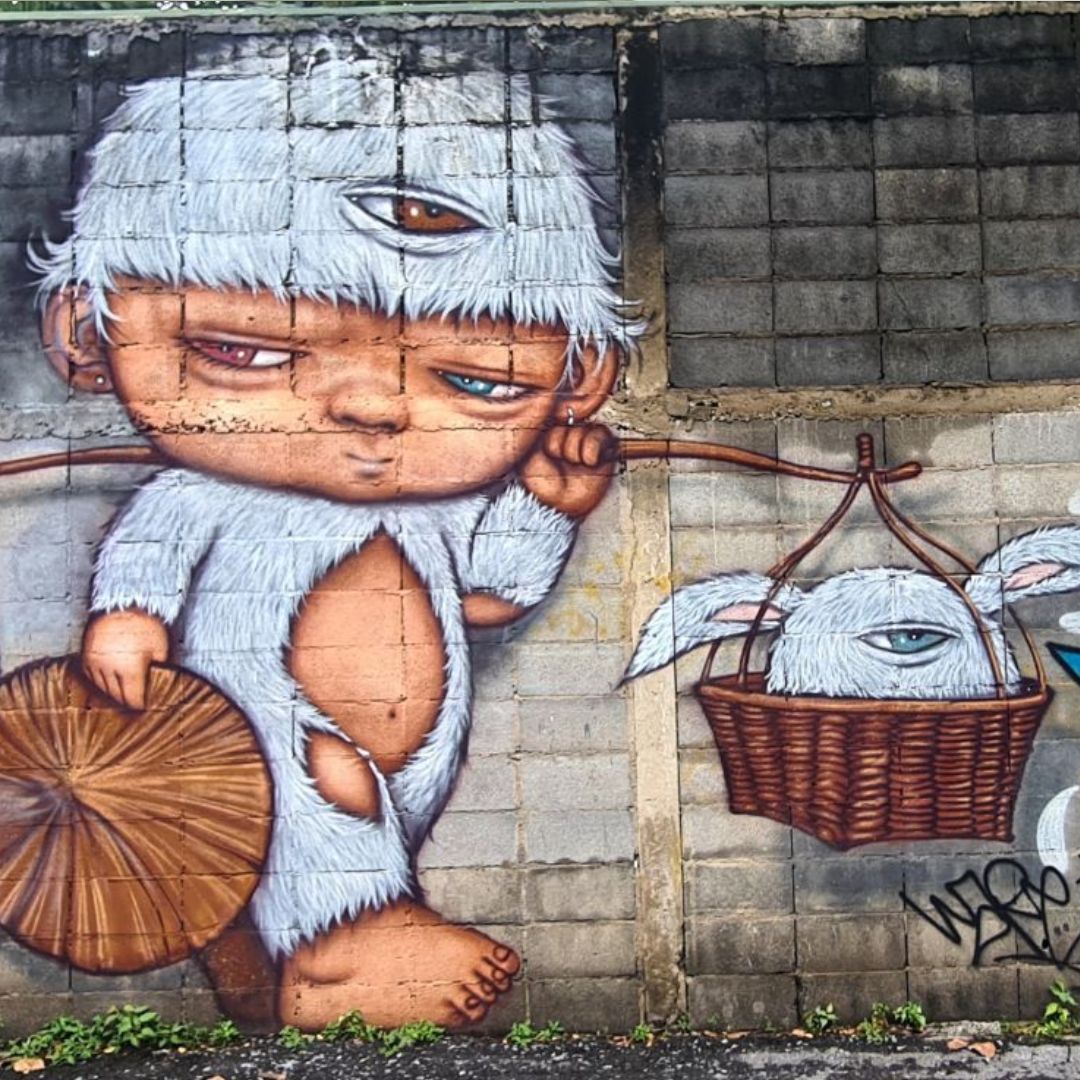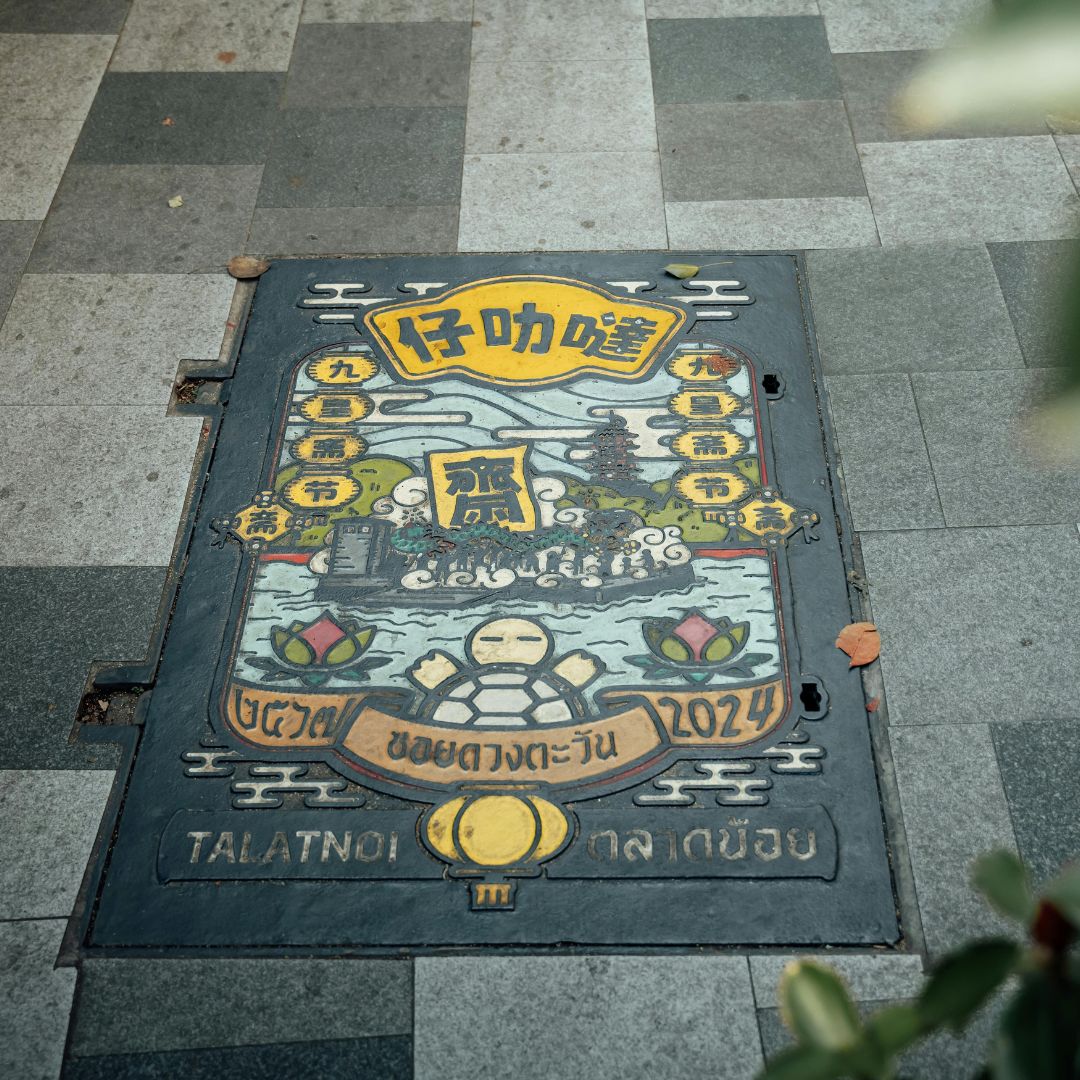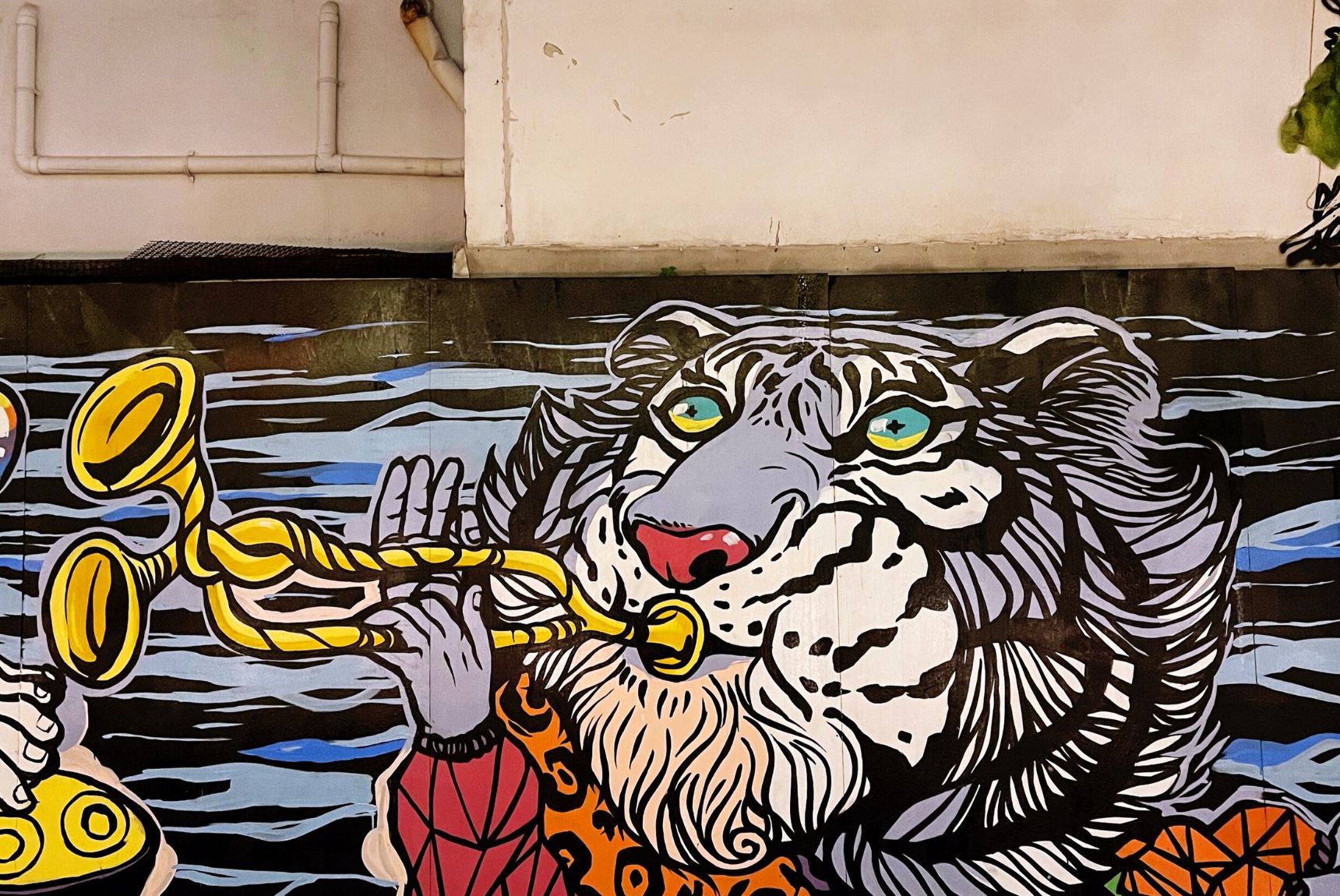Street art in Bangkok has evolved into more than just colorful murals and graffiti; it has become an integral part of the city's identity and cultural fabric. As the Thai capital continues to grow, the rise of street art has played a vital role in shaping the urban landscape. From bold expressions on walls to thought-provoking installations, street art in Bangkok reflects the city’s dynamic culture, social issues, and vibrant creativity. This exploration looks into the importance of street art in the city’s urban landscape and how it influences both locals and visitors alike.
A Reflection of Bangkok's Culture and History
One of the most striking aspects of Bangkok’s street art is its ability to reflect the city’s diverse culture and rich history. Many street artists draw inspiration from traditional Thai motifs, such as Buddhist symbols, mythological creatures, and Thai folklore. These elements are often merged with modern artistic styles to create murals that are not only visually captivating but also offer a cultural narrative. For instance, works that depict local life, traditions, and spirituality resonate deeply with both locals and tourists, providing a sense of cultural pride and historical continuity.
Street art allows Thai artists to connect with their heritage while expressing their ideas in an ever-changing, globalized city. This blend of traditional and contemporary themes makes Bangkok’s street art scene unique and authentic.
Raising Awareness and Sparking Dialogue
Street art in Bangkok often serves as a powerful tool for raising awareness about social, political, and environmental issues. Many artists use the urban landscape as a canvas to voice their opinions on pressing topics like political unrest, human rights, environmental degradation, and social inequality. These works provide an avenue for public discourse and give voice to marginalized groups who might not otherwise have the platform to speak out.
For example, the pro-democracy protests that have taken place in recent years have been reflected in the street art found around the city. Murals and graffiti have become visual expressions of solidarity, resistance, and a demand for change, often pushing the boundaries of public space as a medium for political expression. This intersection of art and activism makes street art an important social tool that contributes to public conversations.

Transforming Urban Spaces and Public Perception
Street art has the unique ability to transform otherwise dull or neglected urban spaces into vibrant, engaging areas. Bangkok’s alleys, underpasses, and abandoned buildings have been transformed by large-scale murals and installations, turning these spaces into open-air galleries. This has not only beautified the city but has also brought life and energy to parts of Bangkok that were once overlooked.
In areas like Chinatown, Sukhumvit, and Sathorn, street art has become an essential feature of the urban experience, drawing both tourists and locals. The presence of street art has sparked gentrification, where once-neglected areas are now buzzing with cafes, galleries, and boutique stores, all inspired by the art that decorates the streets.
Furthermore, street art has influenced public perception of urban spaces. It challenges the idea that art should only be confined to galleries or museums, making it more accessible and democratic. This shift allows a greater appreciation of art by people from all walks of life, as it can be experienced in daily life, in the open air, without the need for tickets or formal settings.
The Future of Street Art in Bangkok
As Bangkok continues to evolve, the role of street art will likely become even more prominent in shaping the city’s urban identity. With more artists experimenting with different mediums and styles, and the increasing recognition of street art as a legitimate form of artistic expression, it’s clear that this movement will continue to grow.
Initiatives like the Bangkok Street Art Festival and Art in Paradise are creating platforms for both local and international street artists to showcase their work and collaborate on large-scale public art projects. These initiatives not only celebrate the artistic spirit of Bangkok but also help foster an environment where art is a central part of the city’s creative economy.

Conclusion
Street art is more than just a form of artistic expression in Bangkok. It is a reflection of the city’s culture, a catalyst for social change, and a powerful force in transforming the urban landscape. By raising awareness about social issues, connecting communities, and beautifying public spaces, street art plays an essential role in shaping the future of Bangkok’s vibrant urban culture. As the city grows and evolves, so too will its street art, continuing to be an important voice for its people and a reflection of its dynamic identity.

